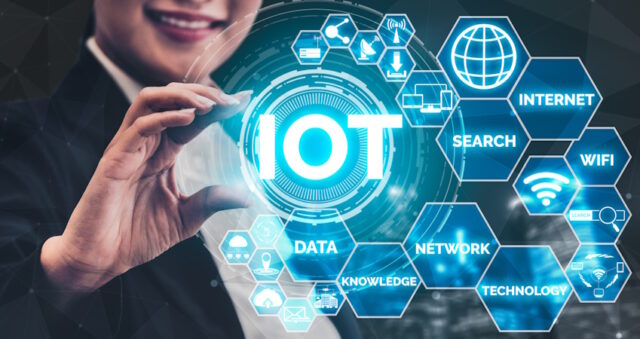
What is the IoT?
IoT is the abbreviation for the Internet of Things. This is the network of interrelated smart devices that can connect and communicate through the cloud, a global network of servers used to manage digital data.
Smart televisions, remote-controlled doorbell cameras and robot vacuums are examples of everyday objects that are part of the Internet of Things. Discover the advanced IoT technology that’s shaping cities and how this equipment works.
The IoT and smart cities
Infrastructure
The maintenance of infrastructure like roads, bridges, buildings and power supplies is one of the main concerns of city councils. While it used to be a guessing game with what should be updated and when smart technology is helping to optimize infrastructure conservation in cities across the world.
Using smart sensors from leading brands like RS Americas, cities can monitor the condition of vital assets in real-time. Building up a large amount of data that can be stored in the cloud and analyzed using software aids early detection of problems to help prevent accidents and ensure the safety of city residents.
Energy efficiency
Sensors also come into play in smart technology that helps to optimize energy efficiency. Energy use is increasingly under scrutiny as countries are trying to move away from fossil fuels towards renewable sources to lower their carbon footprint.
Smart thermostats fitted in buildings can constantly monitor room temperature and send signals back to digital boilers and air-conditioning units to either trigger or turn off. These smart units can be controlled remotely too so companies can ensure they are saving energy when buildings are unoccupied.
Communication
Smart devices were groundbreaking, but the introduction of the Internet of Things took this revolution one step further.
Using the central cloud, smart devices can speak to each other and to computer systems to relay information and signal safe operation adjustments. For example, smart traffic lights are aware of traffic levels and can alter the speed at which they change if traffic is building up in one area.
On a more basic but equally important level, the Internet of Things allows city workers 24/7 communication with each other and essential equipment for enhanced productivity.
Security
Finally, smart technology is proving all-important in contributing to resident safety in cities.
Surveillance cameras are now capable of facial recognition and can send images to police databases to be checked by a real person against restricted records and data. IoT platforms also allow for a fully integrated emergency services system for quicker and better-coordinated responses that prioritize the most critical situations.
Coastal cities can use upgraded sea sensors connected to a global network to better detect and warn against earthquakes that could cause tsunamis












